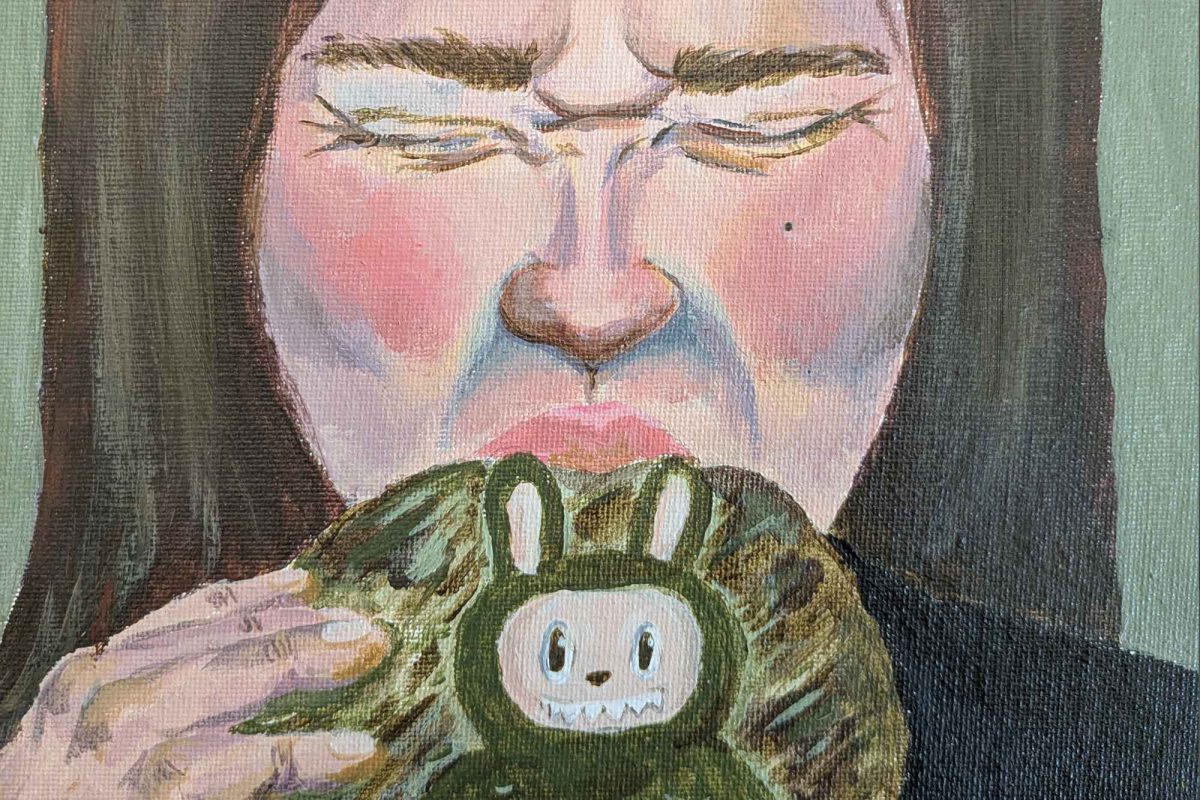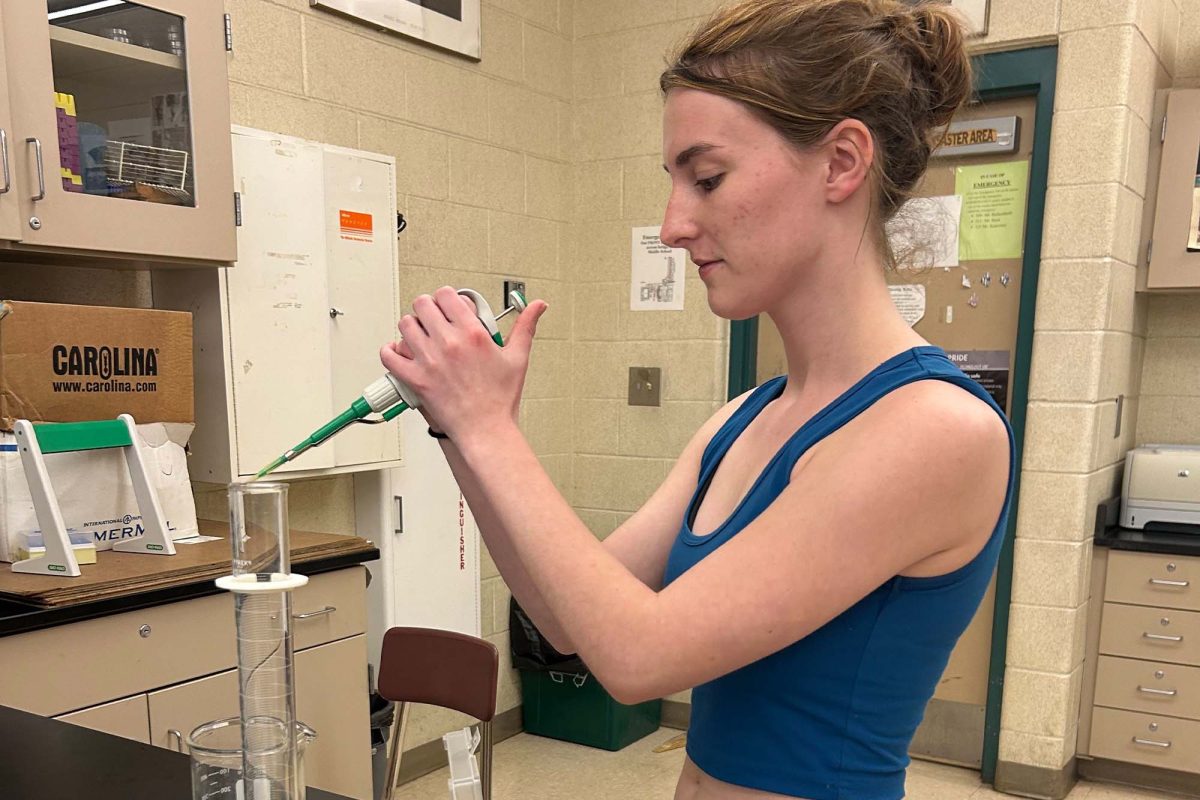Seasonal Affective Disorder (SAD) is a mental disorder caused by the changes in daylight hours that occur when the seasons change. Millions of Americans are estimated to have some form of SAD.
The disorder is characterized by increased sleep and drowsiness, social withdrawal, grouchiness, anxiety, feelings of guilt and hopelessness, and trouble thinking clearly, among many others. Winter-pattern (also known as fall-onset), a form of SAD, is the more common of the two forms. It begins in late fall and early winter and ends in spring. Summer pattern (also known as spring-onset) is the less common of the two, beginning in late spring and early summer and ending in fall.
Part of the scientific reason behind SAD is that the body’s circadian rhythm changes with the seasons. Your circadian rhythm is your body’s 24-hour clock—when your body gets into a rhythm. Your circadian rhythm is the reason you start getting hungry around the same time every day, need to use the bathroom at the same time of day, and wake up around the same time.
“What happens with seasonal affective disorder and the circadian rhythm is that the change in the amount of sunlight of the day affects your circadian rhythm,” social studies and AP Psychology teacher Mrs. Amanda Lawson said. “Your circadian rhythm also releases hormones at certain times of the day… so, when the sunlight changes, that changes the release of those hormones.”
When seasons change, a main difference is people’s change in sunlight intake, along with the change in the timing of sunset and sunrise. Moreover, with SAD, a person’s circadian rhythm loses alignment with the outside environment, causing differences between what your body interprets internally versus what is actually happening externally.
“I think that the sun makes you happier because it’s brighter out and it’s warmer and the flowers are outside… when it’s dark and rainy, then you’re just like, ‘Oh, it feels bad,’” sophomore Kathryn Kudrick said. “When you’re out in the sun… You get serotonin from the sun.”
The specific factor behind a possible change in mood during the changing of seasons is the release of the neurotransmitter serotonin. Exposure to sunlight interacts with the eye’s retina, which triggers the release of serotonin in the brain. People with SAD release lower levels of serotonin, which affects an individual’s mood and sleep. Additionally, the change in the timing of sunrise disrupts the release of melatonin, a hormone that helps you go to sleep.
Though the idea of summer lifting your “seasonal depression,” a phenomenon many people may feel during the changing of seasons, has a psychological backbone, SAD itself is a real disorder, requiring a real diagnosis.
“We’re all more tired and we’re all sadder in the winter months, but to say you have SAD, that’s a real diagnosis that people need to get, that’s probably more severe than what most people think it is,” Lawson said.*














